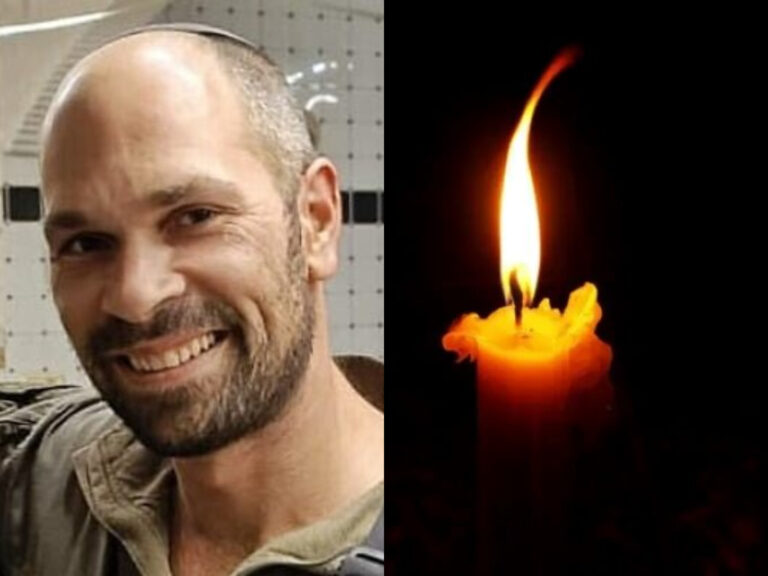The dangers of high blood pressure are well-known, but a new study finds a lack of routine blood pressure screening in doctor’s offices and a low percentage of hypertension patients actually meeting their blood pressure goals after diagnosis.
The Stanford University School of Medicine study, published in the May issue of Hypertension, found that in the offices of private U.S. physicians:
Blood pressure was taken in only 56 percent of all patient visits, and in 93 percent of visits by patients diagnosed with hypertension.
Only 39 percent of patients being treated for hypertension were at the recommended blood pressure levels.
Only 20 percent of hypertensive patients who also have diabetes or kidney disease had their blood pressure controlled.
“Doctors should be screening more routinely during all office visits,” study co-author Dr. Randall Stafford, an associate professor of medicine at the Stanford Prevention Research Center, said in a prepared statement. “Dual medication treatment should be seen as standard therapy, and intensive lifestyle changes should be encouraged.”
The study analyzed data from a federal 2003-04 survey of services performed in offices of private U.S. physicians. It noted such details as whether the blood pressure cuff was brought out, whether appropriate medications were prescribed, and whether treatment achieved its goal.
High blood pressure affects more than 65 million people in the United States and is one of the most important and preventable risk factors for cardiovascular disease, strokes and kidney disease. High blood pressure, often called “the silent killer,” can damage one’s body for years before actual symptoms develop.
This lack of symptoms may be a major reason for poor quality of care, researchers said.
“This is a problem that spans much of preventive medicine,” Stafford said. “The treatment itself doesn’t make patients feel better. If somebody has asthma, they know that if they stop taking medication, they’re going to start wheezing. With blood pressure medicines, patients don’t feel any different.”
Without this noticeable change, many patients stop following the doctor’s orders or fail to return for follow-up care.
“We know many patients don’t take the medications they were prescribed for the doses that were prescribed nor for the duration that was prescribed,” lead author Dr. Jun Ma, an associate staff scientist at the Palo Alto Medical Foundation Research Institute, said in a prepared statement.
Increasing routine blood pressure screenings, even in specialists’ offices, could be the first step to improving care, Stafford said.
“Many physicians in specialized practice appear to feel they don’t need to measure blood pressure,” he said. The thinking goes, “‘I’m a dermatologist, so I don’t need to screen for high blood pressure.’ But because there’s a high likelihood of high blood pressure getting missed, we need to take advantage of all opportunities for screening.”
Once a doctor diagnoses someone with high blood pressure, the physician must clearly explain the necessary treatments and strongly encourage lifestyle changes.
“Physicians may need to tell patients that it’s likely to take two or more medications to get blood pressure under control,” Stafford said. “They also need to use a comprehensive strategy to attack high blood pressure that includes recommended changes in lifestyle: weight loss, reduction in sodium, a plant-based diet, increases in physical activity. Both patients and physicians need to take advantage of all available strategies.”
(Source: Stanford University School of Medicine, news release, May 2008)










